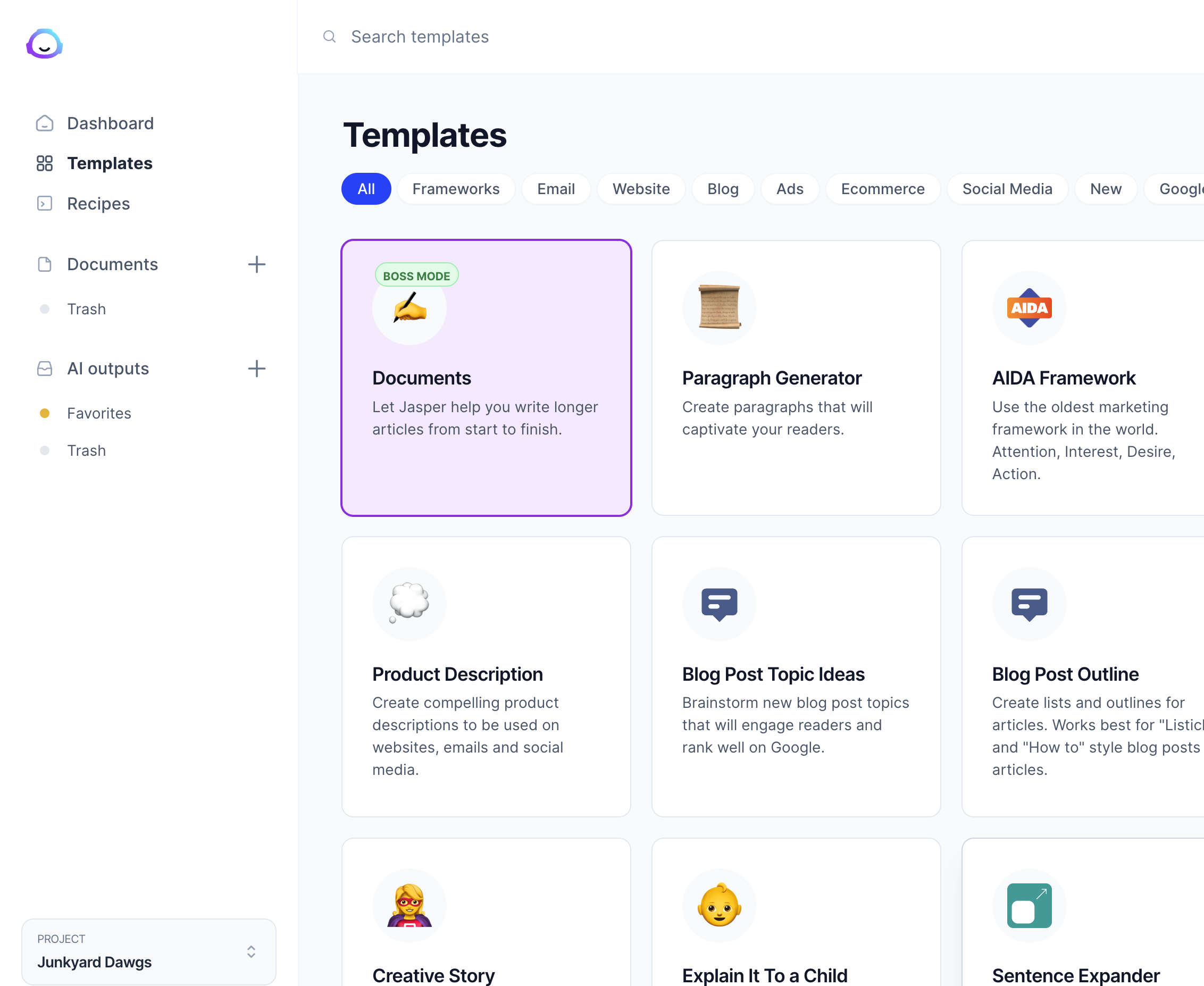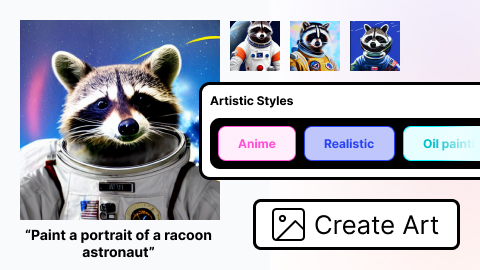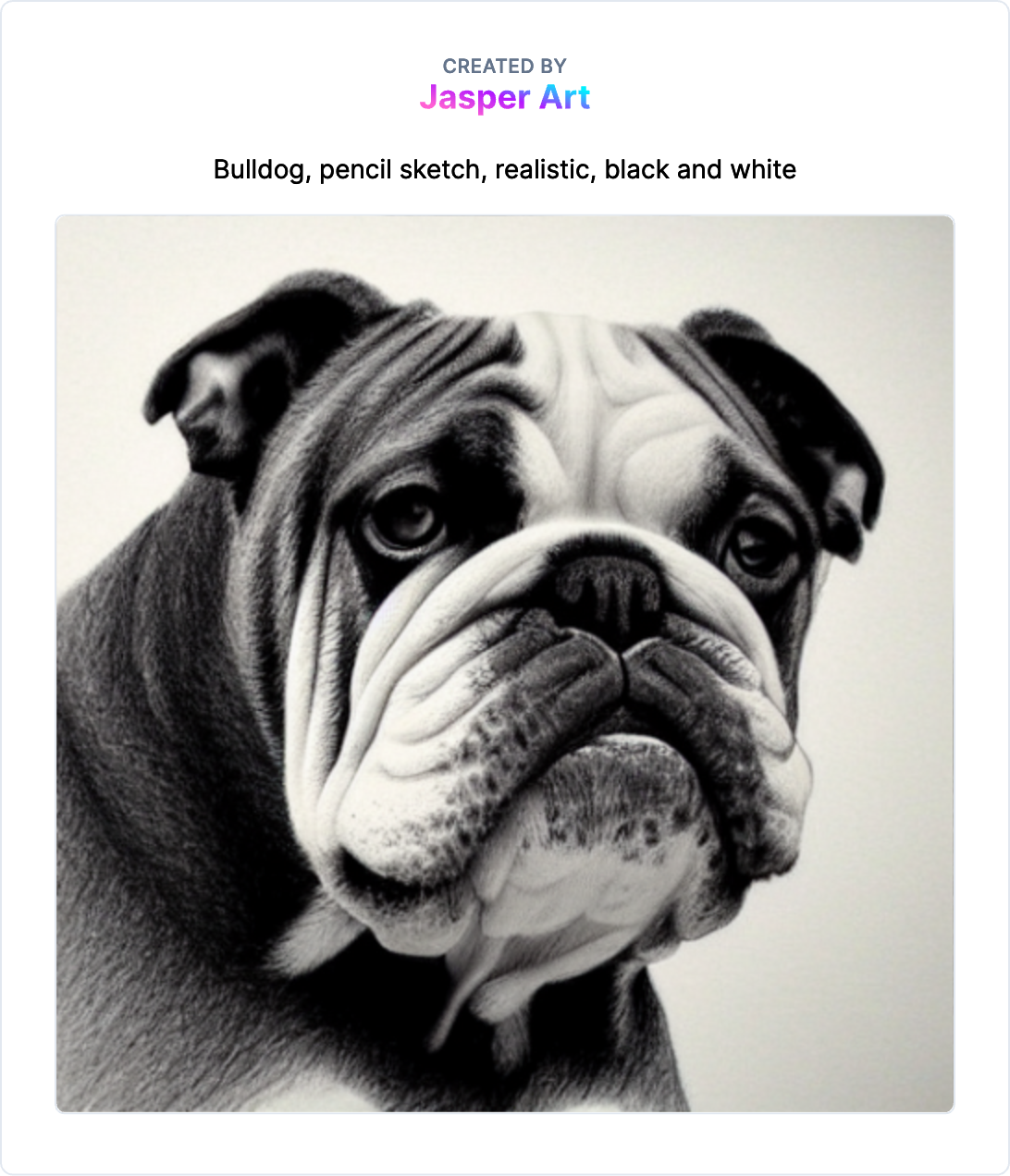An earlier version of this article incorrectly stated that Jasper’s valuation is $1.7 billion. It’s $1.5 billion; we regret the error.
As the enthusiasm around AI image and text generators grows, Jasper, a startup developing what it describes as an “AI content” platform, has raised $125 million at a $1.5 billion valuation. The tranche is the company’s first, remarkably, and comes as Jasper is in the process of acquiring AI startup Outwrite, a grammar and style checker with more than a million users worldwide.
CEO Dave Rogenmoser tells TechCrunch the funding will be put toward building out Jasper’s core products, improving the customer experience and bringing Jasper’s technology to more apps. Led by Insight Partners with participation from Bessemer Venture Partners, IVP, Foundation Capital, Founders Circle Capital, Coatue and HubSpot Ventures, it’ll also support Jasper’s ongoing effort to fold the Outwrite brand under its own, he said, and unify the two companies’ offerings in 2023.
“To build a market leading company in generative AI we need the appropriate infrastructure — that’s what we’ll raise [new] capital for,” Rogenmoser told TechCrunch in an email interview. “We want to build a world-class business, [and] to do that we need capital and highly strategic partners.”
Rogenmoser launched Jasper early last year with J.P. Morgan and Chris Hull, who together largely bootstrapped the company. Rogenmoser is a Y Combinator alum, having co-founded Proof, a startup that used algorithms to customize businesses’ websites. Morgan and Hull — who have backgrounds in business-to-business marketing and process automation — also helped to co-launch Proof, whose technology laid the groundwork for Jasper.
“I’m a marketer by trade and have long been interested in AI and saw how it was becoming more tangible and accessible — moving from theory and academia into a transformative, applied technology that could help people,” Rogenmoser said. “With the advent of [OpenAI’s] GPT-3, we saw an opportunity to launch an AI content platform that could help businesses and professional creators brainstorm and do their work more quickly and efficiently.”

Image Credits: Jasper
Jasper leverages AI to generate content for blog articles, social media posts, website copy and more. Using the platform, customers can describe in natural language what they want Jasper to write, whether a keyword-rich piece designed to rank well in search engines or existing content repurposed with additional context.
Plenty of startups also do this — Copy.ai, WriteSonic, Peppertype, Wordtune and Simplified to name a few. In fact, TechCrunch recently wrote a survey of the market for AI-powered, copy-generating adtech vendors, which is robust. Copysmith last April secured $10 million in financing for its AI-powered content generation platform, while Copy.ai closed a $10 million round in October.
Rogenmoser claims that Jasper’s language models — trained on 10% of the web and fine-tuned for “customer specificity” — set it apart. Among other apps and services, they power Jasper’s browser extension for Chrome that delivers contextual content recommendations across platforms including Google Docs, Gmail, Notion and Hubspot.
“The folks that will win at generative AI will be the ones that have the best feedback loops,” he said. “We’re committed to building the best feedback to AI loop.”
Jasper’s other differentiator, Rogenmoser says, is Jasper Art, a recently launched AI art-generating system. As with systems such as DALL-E 2, Jasper Art turns prompts into images, letting users adjust aspects like the medium (e.g., “Canvas,” “Pastel”), art style (“Van Gogh”) and mood.

Image Credits: Jasper
While a number of free and paid alternatives to Jasper Art exist (see Stable Diffusion, Pixelz.ai and Midjourney, to name a few) Rogenmoser pitches it as an art-generating system specifically designed for marketing applications, like creating copyright-free stock photos. He says that one early adopter, Mongoose Media, is using Jasper Art to generate flat lays and backgrounds “at scale” around product images for its designers.
Of course, like other AI text-to-image systems, Jasper Art has limitations. An FAQ on the product page notes that the system, which has a content filter to attempt to detect “sensitive” or “unsafe” images, such as those depicting violence, might contain biases that lead it to generate images reinforcing negative stereotypes (like CEOs who are mostly white and male).
Under the terms of Jasper Art’s license, customers also don’t have the exclusive right to use generated images. The system’s generations are free for anyone to repurpose and remix — perhaps an attempt by Jasper to mitigate future intellectual property and fair use challenges. Systems like Jasper are often trained on billions of images from around the web, some of which are copyrighted, leading image hosts like Getty Images to ban AI-generated art for fear of sparking legal battles.
Rogenmoser acknowledged that there’s “much to be learned” about boundaries around AI content generation tools and what regulation might look like in the future.
“The major challenge that the AI generation industry faces is around ethics in regard to data and consumer acceptance,” he said. “While we are in constant awe of the power of our technology, we viscerally aware of the responsibility that assigns us. We are committed to remaining accountable for the power of technology but we also acknowledge that our control is limited.”

Image Credits: Jasper
The controversies haven’t scared marketers away, who appear eager to embrace AI technologies for text and image generation. According to a 2021 survey by Phrasee, 63% of marketers would consider investing in AI to generate and optimize ad copy. It’s an admittedly biased finding — Phrasee sells AI-powered copy generation software. But vendor-neutral analytics firm Statista reports that 87% of current AI adopters are already using, or considering using, AI for sales forecasting and improving their email marketing.
According to Rogenmoser, Jasper has more than 70,000 customers and generated $45 million in revenue last year. The company expects to end 2022 with over double that revenue — $75 million — buoyed by the buzz around AI for adtech and martech.
“We are a hypergrowth company that is also focused on profitability,” Rogenmoser said. “The pandemic has accelerated this business. As organizations look for ways to find efficiencies within teams, AI generation is the natural choice to augment creators and teams.”
Added Insight Partners’ Jeff Horing in an emailed statement: “It’s not often that you see a shift as significant as generative AI, and Jasper is positioned to be a platform to transform the way businesses develop content and convey ideas. The company has built an enormous community around AI in such a short time, and we see new use cases shared every day, including in the enterprise. We look forward to partnering with the Jasper team as they continue to grow and expand on their vision.”
